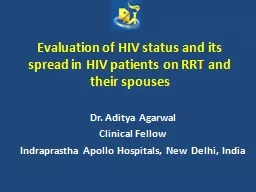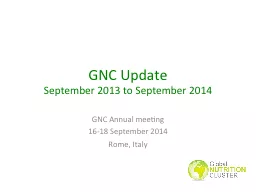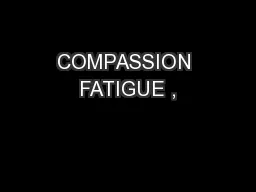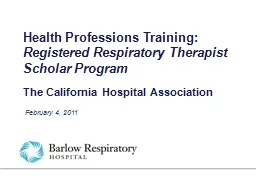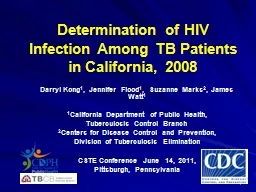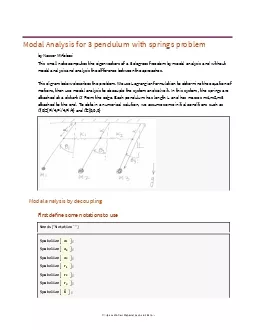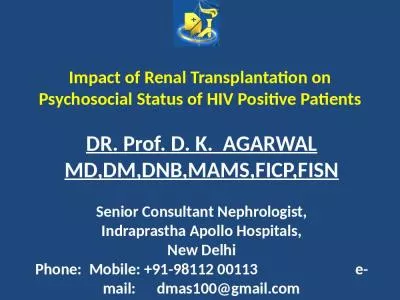PPT-Evaluation of HIV status and its spread in HIV patients on RRT and their spouses
Author : blondield | Published Date : 2020-06-17
Dr Aditya Agarwal Clinical Fellow Indraprastha Apollo Hospitals New Delhi India Introduction Human immunodeficiency virus HIV infection has become a global pandemic
Presentation Embed Code
Download Presentation
Download Presentation The PPT/PDF document "Evaluation of HIV status and its spread ..." is the property of its rightful owner. Permission is granted to download and print the materials on this website for personal, non-commercial use only, and to display it on your personal computer provided you do not modify the materials and that you retain all copyright notices contained in the materials. By downloading content from our website, you accept the terms of this agreement.
Evaluation of HIV status and its spread in HIV patients on RRT and their spouses: Transcript
Download Rules Of Document
"Evaluation of HIV status and its spread in HIV patients on RRT and their spouses"The content belongs to its owner. You may download and print it for personal use, without modification, and keep all copyright notices. By downloading, you agree to these terms.
Related Documents

